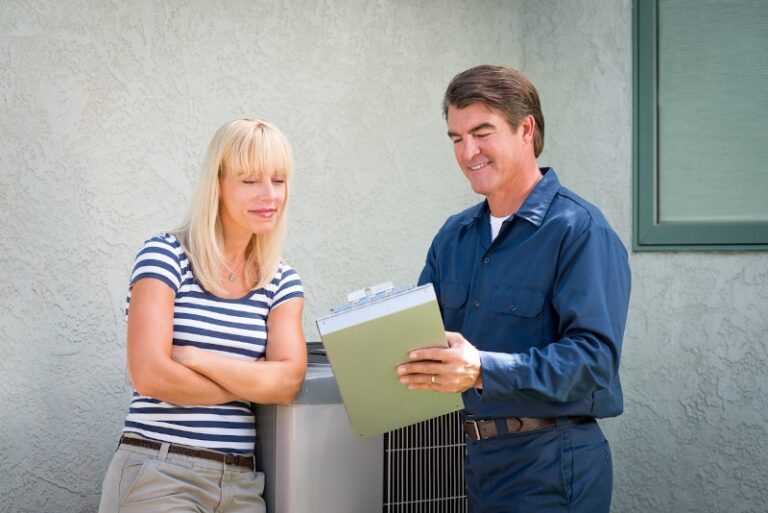Ventilation is the often forgotten part of HVAC, with most people focusing on heating and air conditioning. However, it’s a critical part of managing your Auburn, AL home’s air, as it can leak substantial energy. Discover the basics of home ventilation, what energy recovery ventilators do and the benefits they offer.
Home Ventilation Basics
To start, it’s important to understand what ventilation is and why it’s so important to your home. On a simple level, ventilation simply refers to the exchange of inside and outside air.
But don’t you want to keep your home sealed so that the air outside doesn’t come into your home? Yes, a sealed house allows you to better control your home’s air, but it still requires ventilation. It’s when air comes through in uncontrolled ways that it wreaks havoc on your system’s efficiency and more.
It’s easy to see that you want to have proper ventilation in your home. Simply think about your bathroom and how muggy and odiferous it might be without the ventilation fan. Or consider your kitchen, and what it would be like without that hood vent over your stove.
The problem with ventilation is that you can lose a substantial amount of thermal energy with standard venting options. In the summer, conventional ventilation allows warm and humid air from the outside to add strain to your AC. In the winter, that same ventilation allows heat to escape, requiring your furnace to run longer.
How Energy Recovery Ventilators Work
Energy recovery ventilators, or ERVs, are in the classification of mechanical ventilators. These rely on a fan to draw or vent air, such as those in your kitchen or bathroom. An ERV has two fans, both drawing in fresh air and pulling out stale air.
Beyond having fans to control the airflow, an ERV has a heat exchanger in the unit. This allows the unit to transfer heat and moisture between the two airstreams.
In the summer, the stale outgoing air will cool the incoming fresh air and draw out some humidity. Over the winter, the outgoing air transfers heat to the incoming air. This process offers several benefits to help boost your comfort and HVAC performance.
Reduces Energy Loss
Part of what drives the cost of heating and cooling your home is the energy loss that occurs. With a well-sealed home, an ERV can transfer most of the thermal energy from the outgoing air.
This means that your system will run fewer and shorter heating and cooling cycles. This means you’ll also see less expended energy to heat and cool your home in the first place.
Improves Air Quality
Part of why ventilating air is so important is to prevent the accumulation of airborne contaminants. According to the EPA, indoor air contains between two and five times more contaminants than outside air.
This happens because of dander and dust but also because of gases released from things inside your home. Volatile organic compounds come from furniture, linens, clothes, air fresheners and a host of other products. Without proper ventilation, all of these contaminants accumulate and have an adverse impact on your health.
Reduces Humidity
Humidity is more than a matter of feeling sticky while still inside. Rather, it directly affects your air quality and how your system operates.
Also, according to the EPA, the ideal indoor humidity is between 30% and 50%. When you allow the humidity to climb above this, it encourages some biological spores to grow and proliferate.
While your AC will provide some control over humidity, an ERV reduces the moisture before it gets to your unit. This allows the energy to more effectively cool your home being there’s less moisture to draw from your air.
Improves HVAC Performance
When you reduce the length and frequency of your heating and cooling cycles, your HVAC system receives a boost. First, it maintains its efficiency longer because there are fewer contaminants clogging up the airflow. Thanks to the reduced cycle length and frequency, you have fewer heating and AC repairs and an extended service life.
Give your home’s HVAC system a boost when you add an energy recovery ventilator. Call to schedule your consultation with one of our indoor air quality experts at Sensigreen Heating, Cooling & Insulation today.
Image provided by iStock



